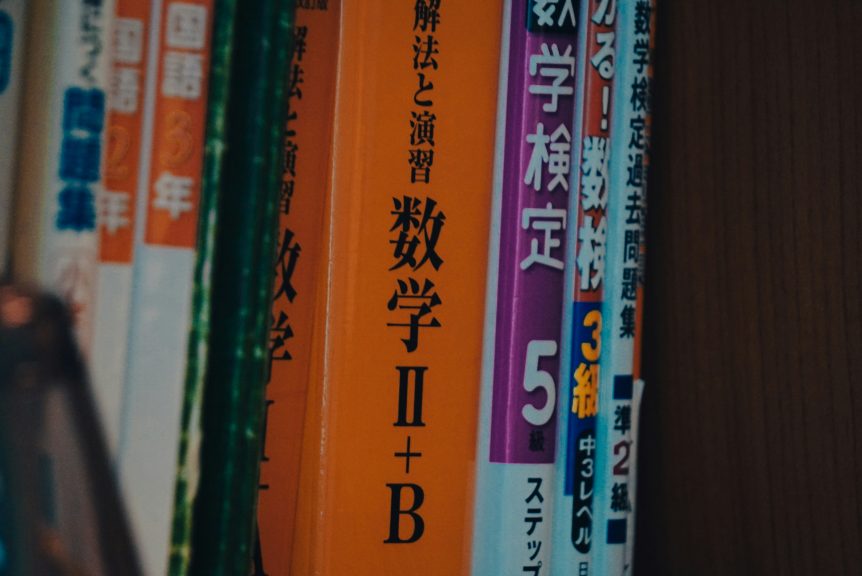
(*Linked or embedded content may have been removed or may be unavailable.)
Between its influential cultural exports, economic power, natural beauty, and compelling history, Japan has a knack for entrancing people around the world. For many of those people, that fascination is powerful enough to leave their native homes and countries behind them. But the challenges of integration are not easily surmounted — as many language learners are discovering.
A Growing Problem
In April, Nippon published a study examining the success of international Asian students in Japan. The findings painted a discouraging picture of students’ general ability to cope with the challenges of learning a new language, mastering kanji, adapting to the culture, and making ends meet financially. It’s a major series of obstacles compared to their native-speaking peers with more established, stable living situations.
“Bread costs so much,” one Malaysian student said in the study. “I try to make a meal out of a couple of buns, but they don’t fill me up. And the price of fruit here is unbelievable compared with back home.”
According to Nippon’s study, Asian students constitute a sizable portion of Japan’s estimated 370,000 international students, with China leading at 134,239, Nepal at 43,760, Myanmar at 17,917, South Korea at 14,610, Sri Lanka at 13,409, and Bangladesh at 8,828. More than 90,000 of those numbers were enrolled in Japanese studies, according to a 2023 Japan Student Services Organization study. But learning the language doesn’t come easily, and that’s because of the Japanese language’s uniquely challenging nature.
“Japanese is considered a ‘language isolate,’ having no proven genetic relationship to any other tongue,” the study reports. “Its unusual syntax and complex verb conjugations, including separate forms for honorific language, are daunting enough without the added burden of a writing system that combines kanji with two sets of phonetic characters.”

Living with Language Barriers
In late 2024, Kyodo News reported that the number of students in need of Japanese language support had risen to 69,000, with a dropout rate 7.7 times higher than the general student population at 8.5 percent. What’s more, 38.6 percent failed to find consistent, full-time work, while 11.8 percent lacked employment or higher education enrollment altogether.
The crisis was significant enough that the Ministry of Education, Culture, Sports, Science and Technology announced plans to expand the number of available Japanese teachers, Kyodo News reports. And for good reason. With a record-setting 3.42 million foreign residents in Japan at the end of 2023, it’s potentially too large a population to leave unassisted.
Meeting the Moment
The good news is that according to Japan News, Japanese city officials and residents are finding innovative ways to assist. The city of Hamamatsu, for instance, launched an initiative offering free language classes for foreigners, with the goal being total fluency. For 600 hours across 150 days, class participants learn 500 situational conversations to allow a more seamless integration into Japanese professional and social life. It’s just one of approximately 870 Japanese language courses managed by local governments nationally, according to the Education, Culture, Sports, Science, and Technology Ministry.
“This is an effort to increase our use of capable workers from overseas and to help foreign nationals lead rich social lives in Japan,” a ministry official told Japan News.





